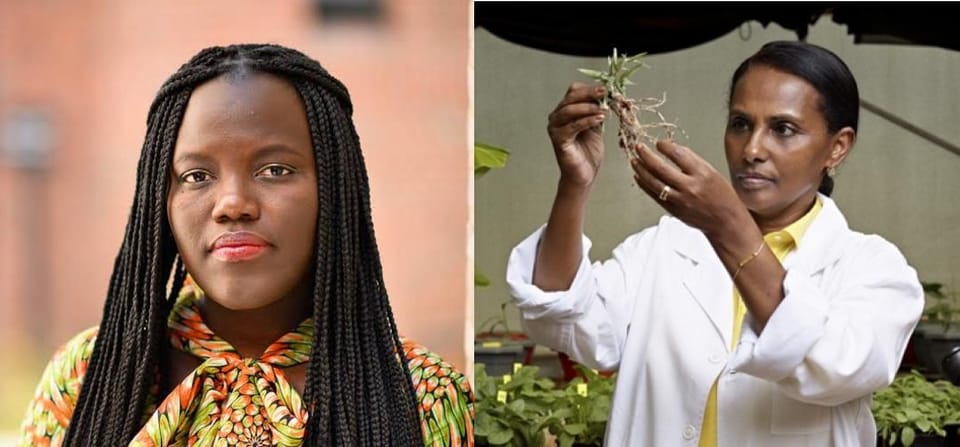From Lab Benches to Global Leadership: African Women Redefining STEM

Across the African continent and the Middle East, a quiet revolution is unfolding in laboratories, universities, startups, and rural research stations. Women—often overlooked by the global scientific community—are reshaping what it means to lead in STEM (science, technology, engineering, and mathematics). They are advancing knowledge, solving urgent local problems, and mentoring the next generation. Yet, many of their contributions go undocumented, their achievements uncelebrated.
While global attention tends to focus on well-funded labs in the Global North, many women from Sub-Saharan Africa and the MENA region are forging paths with limited resources and even less visibility. Their stories are rarely headline news, but they are rewriting the story of science from the ground up.
Consider, for example, Dr. Segenet Kelemu, an Ethiopian molecular plant pathologist who has spent decades building sustainable agriculture programs and now leads one of Africa’s premier research institutions. Or Dr. Adji Bousso Dieng, a Senegalese computer scientist and AI researcher who became the first Black female faculty member at Princeton’s School of Engineering. These are just two among hundreds whose careers challenge the assumption that innovation only happens in the West.
According to UNESCO, women make up just 28% of the research workforce in Sub-Saharan Africa. In MENA countries, while many women graduate with STEM degrees, they remain underrepresented in leadership roles and research institutions. These figures don’t reflect a lack of interest or ability. Instead, they highlight systemic challenges: limited funding, lack of mentorship, cultural barriers, and institutional bias.
And yet, progress continues. Women scientists across the region are developing solutions to climate resilience, pandemic preparedness, ethical AI, and food security—often with few resources and little fanfare.
The launch of SheAfriSTEMENA responds to this gap. It is not just a storytelling platform, but a growing ecosystem dedicated to amplifying the voices and work of African and MENA women in STEM. Founded after years of observing the global invisibility of these scientists, the platform offers both recognition and resources. Among its initiatives are an open-access STEM leadership map spotlighting women scientists across more than 15 countries, mentorship circles pairing early-career researchers with established professionals, and regional partnerships to host science communication workshops and networking events.
Through SheAfriSTEMENA, women are not just being featured—they are connecting, mentoring, collaborating, and building the future of science in their own image.
The stories of women like Dr. Kelemu and Dr. Dieng illustrate the power of representation. But they are not anomalies. They are examples of what’s possible when women are given access, encouragement, and platforms to lead. Their successes challenge deep-seated biases about who belongs in science. They also highlight the unique contributions women make—shaped by lived experience, community engagement, and resilience.
28% of STEM researchers in Sub-Saharan Africa are women. Less than 20% hold leadership positions in scientific institutions. Women in MENA are more likely to graduate in STEM than men—yet are underrepresented in STEM jobs. Over 70% of SheAfriSTEMENA's community say they've never been invited to speak at a major conference.
At SheAfriSTEMENA, we are committed to reshaping the narrative. But this is not a solo mission. We invite institutions, policymakers, educators, and global audiences to join us: nominate a woman to be featured on our STEM leadership map, join our mentorship circles, and share this article and follow our updates. Because the future of science isn’t just about who makes the discoveries. It’s about who gets to be seen.